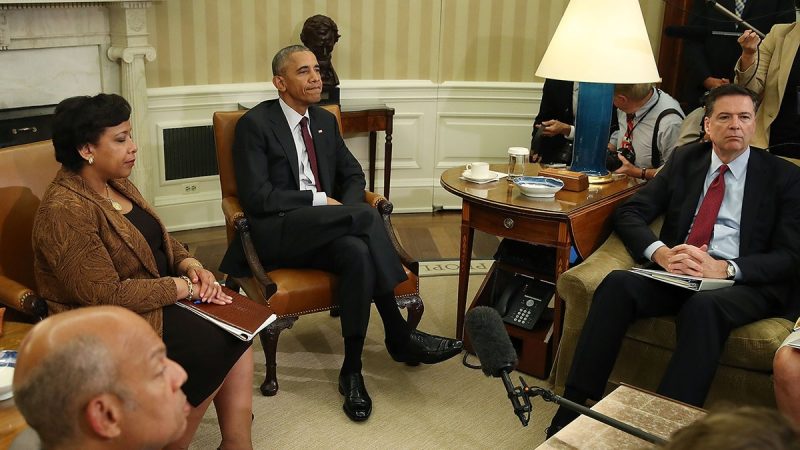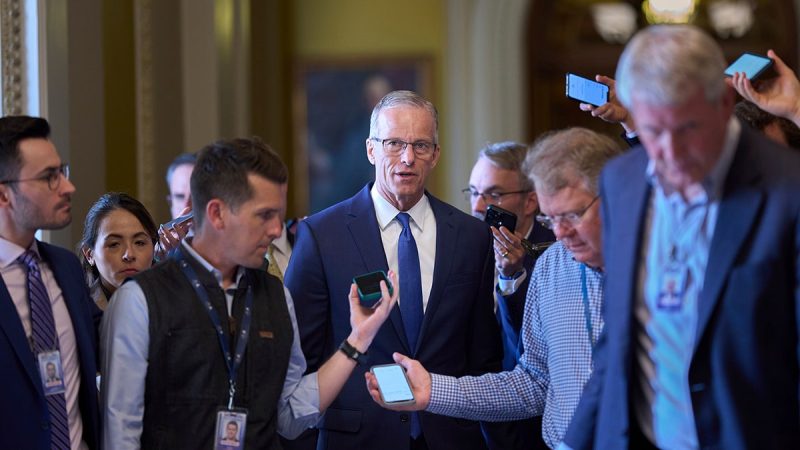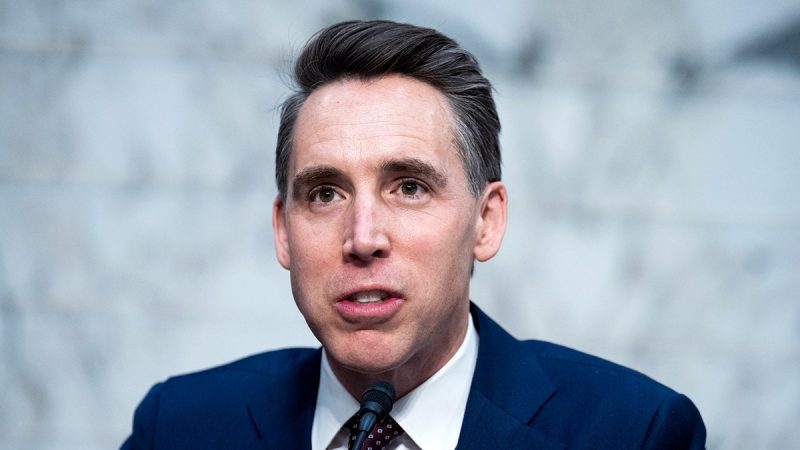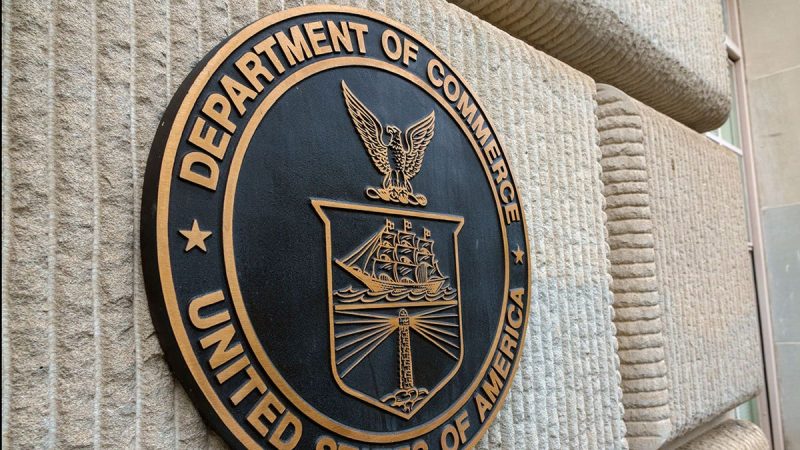

(TheNewswire)
 |
|||||||||
The recent installation of metal ladders provided new and safe access for the geological crew to sample a different portion of this zone on a sub-level, resulting in composite channel assays of 50.3 g/t Au and 269 g/t Ag over 1.7 metres, 34.6 g/t Au and 228 g/t Ag over 1.0 metre, 9.84 g/t Au and 141 g/t Ag over 4.2 metres and 8.33 g/t Au and 154 g/t Ag over 1.8 metres .
‘We continue to be impressed by the exceptional tenor and consistency of the grades at Pinos Cuates,’ stated Robert Archer, Pinnacle’s President & CEO. ‘While the underground workings give us access to a portion of the mineralized zone, we still don’t know its extent. In these low-sulphidation epithermal systems, pockets of high-grade mineralization typically pinch and swell both along strike and up and down dip. The underground work is allowing us to characterize the mineralization such that we will be better able to find and delineate other zones within the Dos de Mayo vein system. Some follow up sampling on these results has already been conducted and we are planning an underground drilling program to better define the extent of this mineralized zone as it can be difficult to drill through underground workings from surface.’
Individual Sample Results and Composite Channel Assays – Pinos Cuates Raise
|
Sample No.
|
Sample Length (m)
|
Composite No.
|
Composite Length (m)
|
Au g/t
|
Ag g/t
|
Au Eq g/t (1)
|
Ag Eq g/t (1)
|
|
EPUG25421
|
1.0
|
13
|
1.0
|
34.6
|
228
|
37.2
|
3,273
|
|
EPUG25422
|
0.5
|
14
|
85.1
|
520
|
|||
|
EPUG25423
|
0.6
|
14
|
30.5
|
143
|
|||
|
EPUG25424
|
0.6
|
14
|
41.1
|
187
|
|||
|
14
|
1.7
|
50.3
|
269
|
53.4
|
4,696
|
||
|
EPUG25425
|
0.8
|
15
|
7.8
|
59
|
|||
|
EPUG25426
|
0.6
|
15
|
24.1
|
288
|
|||
|
EPUG25427
|
0.7
|
15
|
5.8
|
138
|
|||
|
EPUG25428
|
0.7
|
15
|
17.4
|
327
|
|||
|
EPUG25429
|
0.7
|
15
|
4.0
|
38
|
|||
|
EPUG25430
|
0.7
|
15
|
2.3
|
31
|
|||
|
15
|
4.2
|
9.8
|
141
|
11.5
|
1,077
|
||
|
EPUG25431
|
0.5
|
16
|
10.7
|
214
|
|||
|
EPUG25432
|
0.5
|
16
|
15.0
|
256
|
|||
|
EPUG25433
|
0.8
|
16
|
2.7
|
52
|
|||
|
16
|
1.8
|
8.3
|
154
|
10.1
|
887
|
1 Gold and silver equivalents calculated using a gold:silver price ratio of 88 (i.e. 88 g/t silver = 1 g/t gold). The metal prices used to determine the 88:1 ratio are the closing spot prices in New York on July 18, 2025: US$3,347.90/oz gold and US$38.11/oz silver.
A total of 42 channel samples were taken in 16 composite channels in the raise. Grades ranged from 0.105 to 85.1 g/t Au and 9 to 520 g/t Ag. All samples were assayed for gold, silver and a suite of 32 other elements, including copper, lead and zinc. However, the base metal assays were consistently low, confirming that this is a precious metal dominant system.
The Pinos Cuates mine is the middle of three historic mines along a 500 metre strike length on the Dos de Mayo vein system on the Potrero property. Underground sampling is continuing at the Dos de Mayo mine to the southeast and will be followed by sampling of the La Dura mine to the northwest. The vein system has been traced on surface for 1,600 metres and there are other parallel and splay veins that are being further defined as the property has never been systematically explored. The mine workings are currently being accurately surveyed such that a 3D model can be created.
QA/QC
The technical results contained in this news release have been reported in accordance with National Instrument 43-101 Standards of Disclosure for Mineral Projects (‘NI 43-101’). Pinnacle has implemented industry standard practices for sample preparation, security and analysis given the stage of the Project. This has included common industry QA/QC procedures to monitor the quality of the assay database, including inserting certified reference material samples and blank samples into sample batches on a predetermined frequency basis.
The systematic chip channel sampling was completed across exposed mineralized structures using a hammer and maul. The protocol for sample lengths established that they were not longer than two metres or shorter than 0.3 metres. The veins tend to be steeply dipping to vertical, and so these samples are reasonably close to representing the true widths of the structures. Samples were collected along the structural strike or oblique to the main structural trend.
All samples were bagged in pre-numbered plastic bags; each bag had a numbered tag inside and were tied off with adhesive tape and then bulk bagged in rice bags in batches not to exceed 40 kg. They were then numbered, and batch bags were tied off with plastic ties and delivered directly to the SGS laboratory facility in Durango, Mexico for preparation and analysis. The lab is accredited to ISO/IEC 17025:2017. All Samples were delivered in person by the contract geologist who conducted the sampling under the supervision of the QP.
SGS sample preparation code G_PRP89 including weight determination, crushing, drying, splitting, and pulverizing was used following industry best practices where all samples were crushed to 75% less than 2 mm, riffle split off 250 g, pulverized split to >85% passing 75 microns (μm). All samples were analyzed for gold using code GA_FAA30V5 with a Fire Assay determination on 30g samples with an Atomic Absorption Spectography finish. An ICP-OES analysis package (Inductively Coupled Plasma – Optical Emission Spectrometry) including 33 elements and 4-acid digestion was performed (code GE_ICP40Q12) to determine Ag, Zn, Pb, Cu and other elements.
Qualified Person
Mr. Jorge Ortega, P. Geo, a Qualified Person, and independent from Pinnacle, as defined by National Instrument 43-101, and the author of the NI 43-101 Technical Report for the Potrero Project, has reviewed, verified and approved for disclosure the technical information contained in this news release.
About the Potrero Property
El Potrero is located in the prolific Sierra Madre Occidental of western Mexico and lies within 35 kilometres of four operating mines, including the 4,000 tonnes per day (tpd) Ciénega Mine (Fresnillo), the 1,000 tpd Tahuehueto Mine (Luca Mining) and the 250 tpd Topia Mine (Guanajuato Silver).
High-grade gold-silver mineralization occurs in a low sulphidation epithermal breccia vein system hosted within andesites of the Lower Volcanic Series and has three historic mines along a 500 metre strike length. A historic resource based upon underground sampling of those three mines is reported to consist of 45,561 tonnes at 8.0 g/t gold and 186 g/t silver. (These resources are historical in nature and Pinnacle is not treating these estimates as current mineral resources as a qualified person on behalf of Pinnacle has not done sufficient work to classify them as current mineral resources.) The property has been in private hands for almost 40 years and has never been systematically explored by modern methods, leaving significant exploration potential.
A 100 tpd plant on site can be refurbished / rebuilt and historic underground mine workings rehabilitated at relatively low cost in order to achieve near-term production once permits are in place. The property is road accessible with a power line within three kilometres. Surface rights covering the plant and mine area are privately owned (no community issues).
Pinnacle will earn an initial 50% interest immediately upon commencing production. The goal would then be to generate sufficient cash flow with which to further develop the project and increase the Company’s ownership to 100% subject to a 2% NSR. If successful, this approach would be less dilutive for shareholders than relying on the equity markets to finance the growth of the Company.
About Pinnacle Silver and Gold Corp.
Pinnacle is focused on district-scale exploration for precious metals in the Americas. The high-grade Potrero gold-silver project in Mexico’s Sierra Madre Belt hosts an underexplored low-sulphidation epithermal vein system and provides the potential for near-term production . In the prolific Red Lake District of northwestern Ontario, the Company owns a 100% interest in the past-producing, high-grade Argosy Gold Mine and the adjacent North Birch Project with an eight-kilometre-long target horizon . With a seasoned, highly successful management team and quality projects, Pinnacle Silver and Gold is committed to building long -term , sustainable value for shareholders.
Signed: ‘Robert A. Archer’
President & CEO
For further information contact :
Email: info@pinnaclesilverandgold.com
Tel.: +1 (877) 271-5886 ext. 110
Website: www.pinnaclesilverandgold.com
Neither the TSX Venture Exchange nor the Investment Industry Regulatory Organization of Canada accepts responsibility for the adequacy or accuracy of this release .
Copyright (c) 2025 TheNewswire – All rights reserved.
News Provided by TheNewsWire via QuoteMedia























